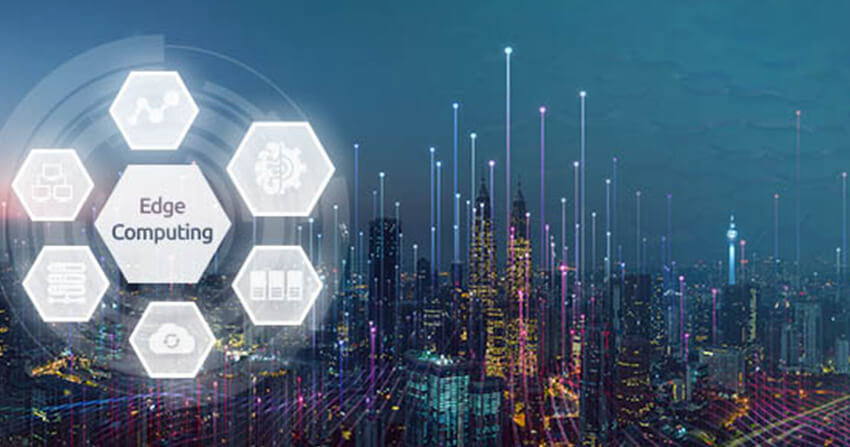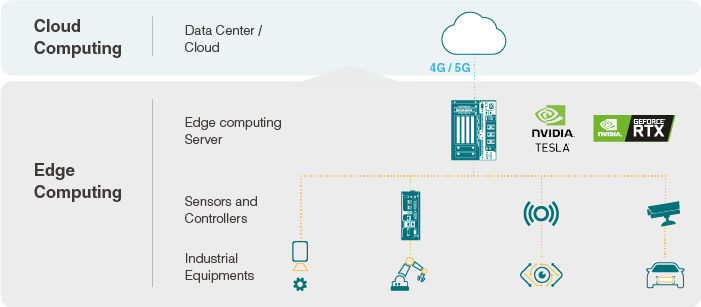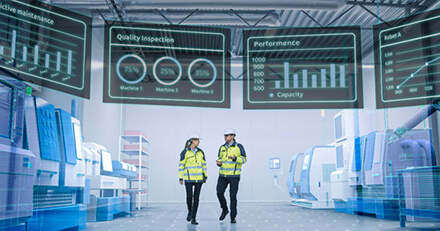10/28
2021
Development Trend of Industrial PC


What is Edge Computing
Edge computing is an information technology architecture where computation is moved as close to the source as possible. It brings the results from the server close to the end users to reduce latency and bandwidth use.
Why does edge computing matter?
The edge computing market was valued at 4.68 billion USD in 2020, and it is expected to increase to 30.8 billion USD by 2025. There has been a rapid increase of online devices at the edge of networks that generate massive amounts of data (IoT devices in smart factories or smart cities) and consume massive amounts of data. The traditional computing model will transmit all the results back to the data center to process then transmit the processed information to end-user’s devices. The procedure will cost massive bandwidth and time.
Despite the improvements in network technology, data centers still cannot guarantee acceptable response time, which may result in long processing time. Therefore, edge computing brings computation onsite, where computation is calculated right at the edge. Local devices can perform results in real time before sending them back to the central data center, reducing network bandwidth usage and latency, and shortening response times. In the end, the main goal of edge computing is to provide as close to real time business insights as possible. Edge computing makes all the data processing faster than ever!
Edge computing in IoV
ARBOR's edge computing compact Box PCs are designed to suit transportation applications, with the support of 5G modules, high performance design, and implementation of power on/off delay functions to allow easy deployment in vehicle applications.
In Asia, electronic toll collection has made toll collection easy by scanning the tags that are attached to the vehicle. However, every year there are still considerable numbers of unsuccessful scans. Therefore, license plate recognition is used to compensate. These solutions can be set up alongside electronic toll collection scanners, and our box PC is selected to perform license plate recognition. The plate recognition is processing right at the edge, and it only needs to transmit result data back to the server for billing and other analytics. For a higher end solution, support of sensors and other connectivity are also considered. Often, some camera controls are also integrated, such as remote angle adjustments, defogging functions, and more. With the continuing advancement of edge computing and the development of IIoT, ARBOR is dedicated to providing the most suitable edge solutions to meet your application needs.

